There can be your advertisement
300x150
8 Important Garden Tasks: Plan Them for the Next Weekend
Ventilate roses, tend to seedlings, and do the first pruning of branches: we've compiled a checklist of garden tasks at the start of the gardening season
It's no problem if, due to a prolonged winter, your first visit to the plot happened later than expected: the main work phase begins when daytime temperatures consistently reach positive levels. What exactly needs to be done, we'll explain with the help of a professional.
Irina Lukyanova, Landscape Designer. More than 15 years creating and implementing greenery projects for private and urban areas in Moscow and the Moscow region.
Prune trees and shrubs
Walk through living hedges, shrubs, and fruit trees with a secateur. By the way, sanitary pruning of fruit trees and shrubs is done when daytime temperatures reach around 5°C.
Remove all damaged, diseased, and dried branches, as well as those growing inside the canopy and intertwining with each other.
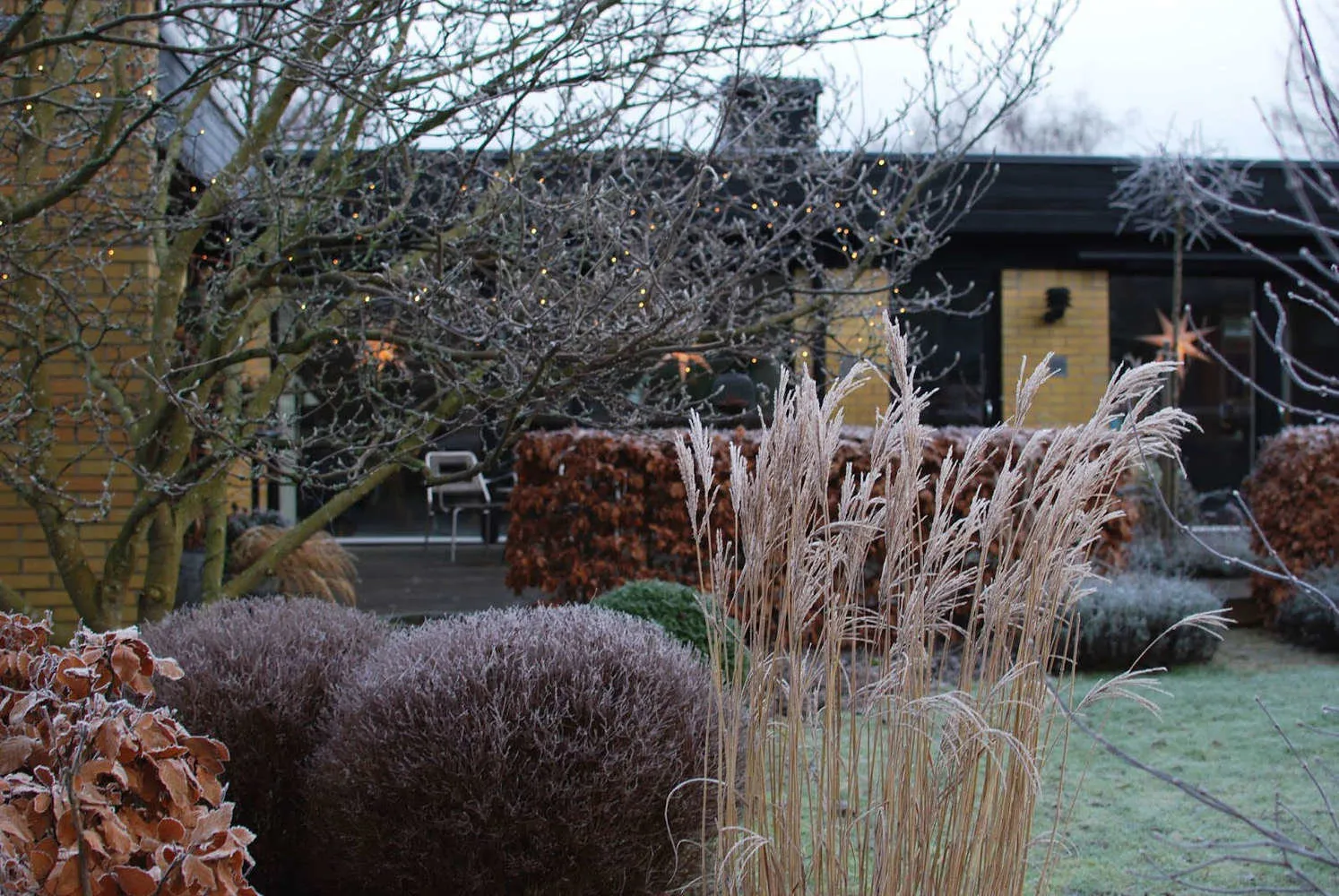
And spray them to prevent pests from appearing
Like pruning, this procedure should be done when daytime temperatures are stable at 4–5°C or above.
For spraying, a solution of ammonium nitrate (200 grams per 10 liters of water) can be used. Another option is a 3% solution of Bordeaux mixture for trees and a 2% solution for shrubs.
Conduct frost protection
"In March, the sun begins to scorch strongly, while nights are still cold. The bark expands and contracts, which can cause cracks or frost cracks," explains Irina.
To prevent their appearance, tree trunks and important skeletal branches should be wrapped with agricultural fleece or bandages.
If the bark has already cracked, the damaged area should be carefully cleaned with a knife and treated with a balm called "Artificial Bark".

Protect conifers
If you didn’t do this in autumn or winter, March is the right time since spring sun can burn conifers. Cover plants with burlap or special protective material.
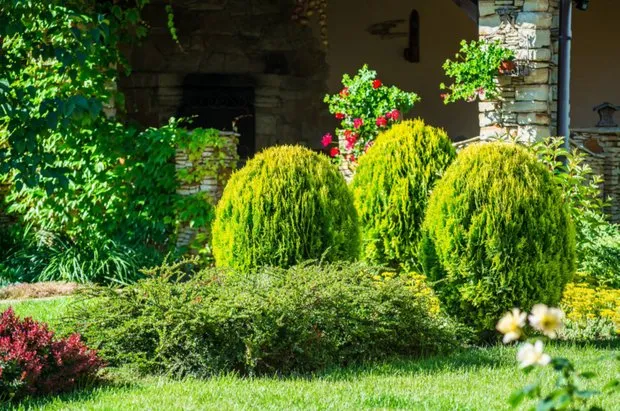
Work with seedlings and cuttings
March is the time for sowing annual and biennial plants on seedlings. Irina recommends planting:
- lobelia,
- geranium,
- Chinese carnation,
- petunia,
- lion's tail,
- verbena,
- ageratum,
- gaillardia,
- delphinium,
- leek,
- alcea,
- salvia,
- chrysanthemum,
- flox Drummondii,
- coleus.
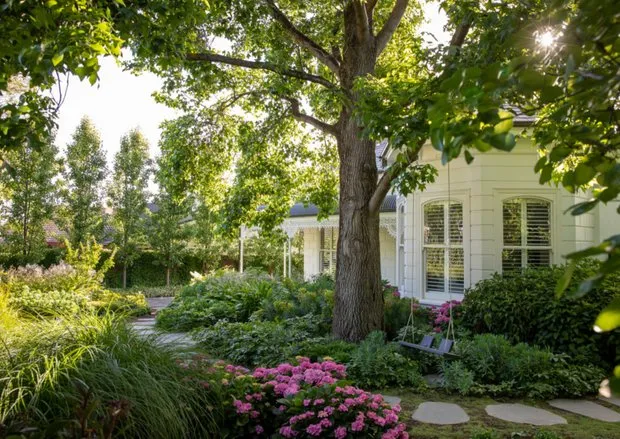
Also, root cuttings of forsythia, daylily, spirea, barberry, and viburnum. If the snow has melted and the soil is moist, I recommend using the method of propagation by layering.
Bend branches to the ground, press them down with stones or secure them with metal plates so they remain in contact with the earth. With regular watering, branches will develop roots well.
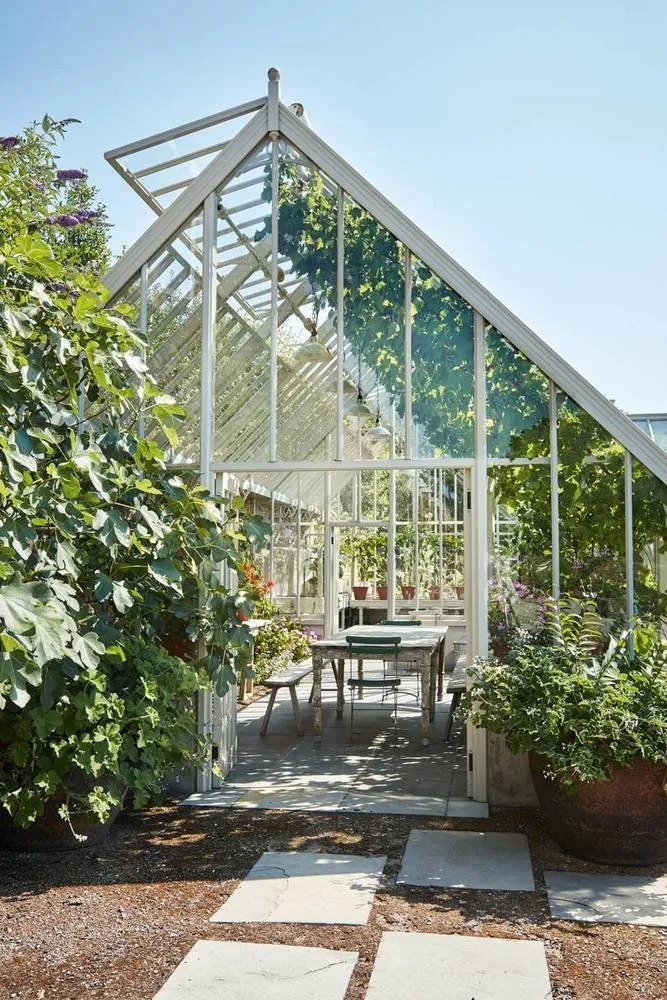
Fertilize large trees and shrubs
In March, before the start of vegetation, granular fertilizers can be applied in the root zones under trees and shrubs. This way, plants will gradually wake up and use the nutrients.
However, fast-acting water-soluble fertilizers ready for plant uptake should not be applied at this time: the tree is still dormant, and such feeding would be a waste of time and money.
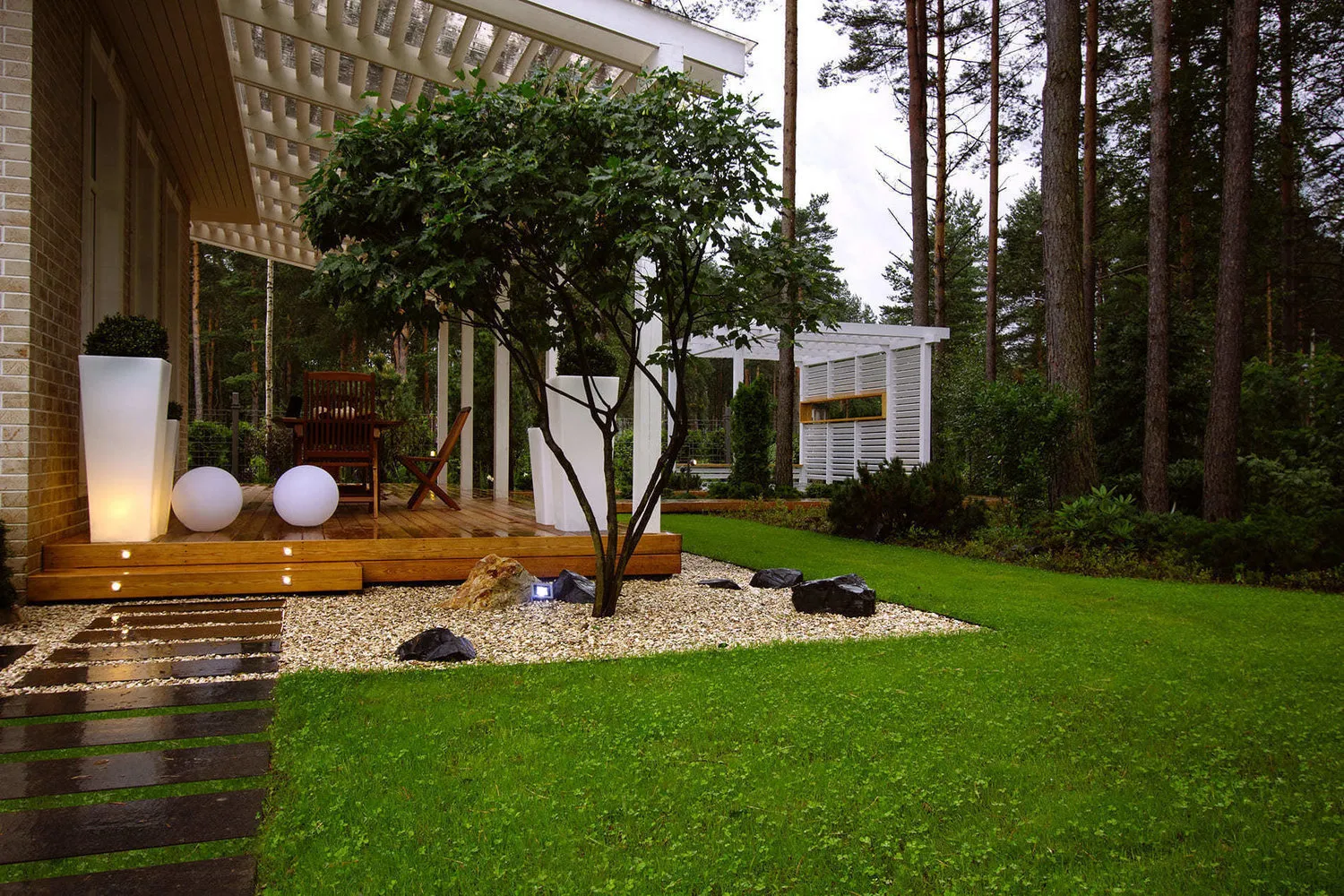
Design: Derevo Park
Ventilate covered roses
If daytime temperatures are consistently above zero and the weather is sunny, you can slightly open the rose covers from the sides to prevent plants from wilting and fungal diseases. Close the roses again at night.

Bring winter-hardened plants outdoors
You shouldn't put them outside right away: it’s still quite cold in March. Bring them into the house or onto the terrace and start watering: plants will gradually wake up.
More articles:
 Planning a White Kitchen? Our Ideas Are for You!
Planning a White Kitchen? Our Ideas Are for You!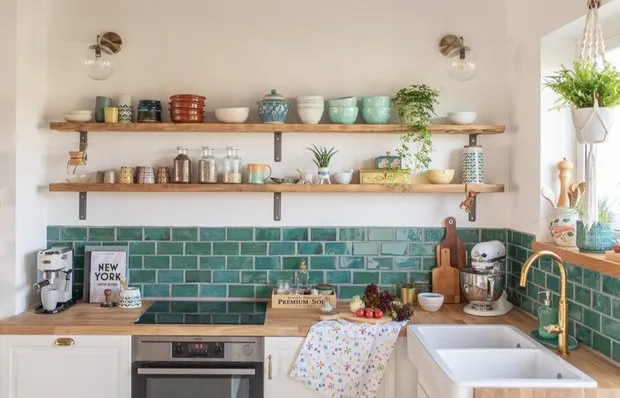 Findings from AliExpress You Definitely Need: 15 Cool Kitchen Essentials
Findings from AliExpress You Definitely Need: 15 Cool Kitchen Essentials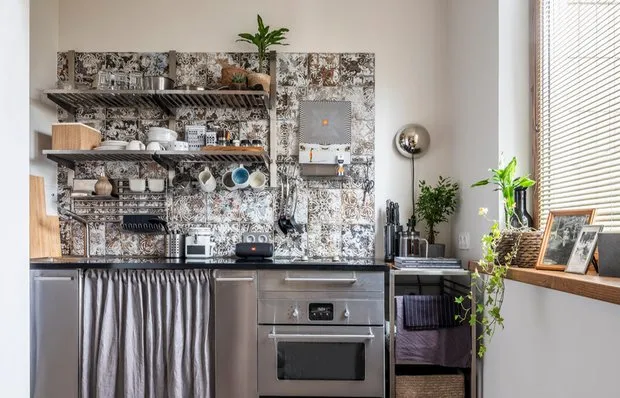 What Interior Designer Notices When Visiting Your Home
What Interior Designer Notices When Visiting Your Home Where to Store Things in a Small Bathroom: 7 Great Solutions
Where to Store Things in a Small Bathroom: 7 Great Solutions Large Corridor and Balcony on the Kitchen. What to Do with Useless Meters?
Large Corridor and Balcony on the Kitchen. What to Do with Useless Meters? 5 Cool Design Ideas That Helped Save Money on Renovation
5 Cool Design Ideas That Helped Save Money on Renovation Hygge in Russian: 6 Cozy Small Apartments in Scandinavian Style
Hygge in Russian: 6 Cozy Small Apartments in Scandinavian Style How to Transform Developer-Provided Renovation: 4 Budget-Friendly Options
How to Transform Developer-Provided Renovation: 4 Budget-Friendly Options